Skin Lesion Removal
in Temecula, CA
Request A Consultation Skin Lesions
Skin lesions can present themselves in many forms and are often benign. However, skin lesions that have been subjected to prolonged sun exposure can become precancerous or even cancerous skin lesions. Skin cancer is one of the most prominent forms of cancer that affects both men and women in the U.S. Early detection and removal of precancerous or cancerous skin lesions can protect not only your complexion but your health as well. At O’Neil Skin & Lipo Center, we offer a variety of treatments to remove skin lesions for clearer, more beautiful and healthy skin.
What Can Lesion Removal Treat?
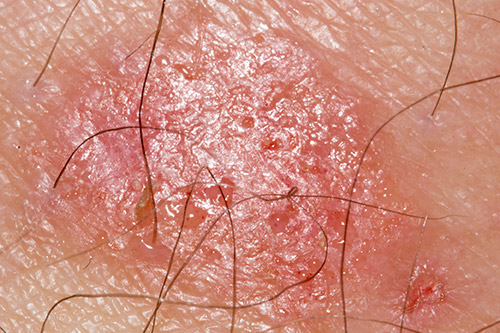
Lesions
Lesions are raised, abnormal sections of skin that usually present as skin tags or warts.
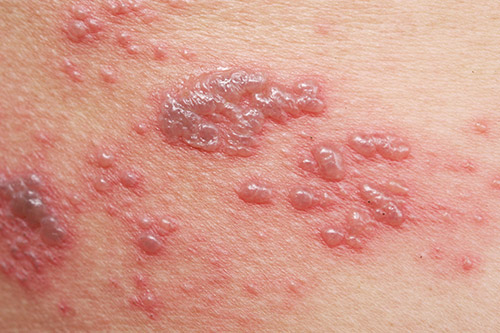
Viral Warts
Viral warts are small, rough growths that have the appearance of a solid blister. Common occurs on the hands, neck, wrist, and knees.
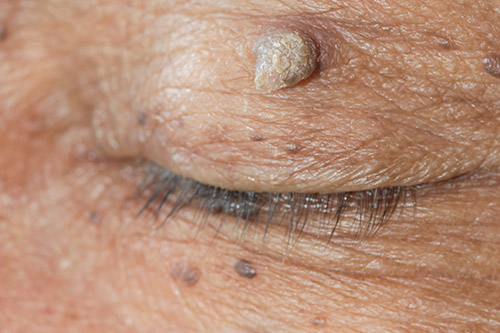
Skin Tags
Skin tags are small, soft skin growths that appear as short, narrow stalks of skin.
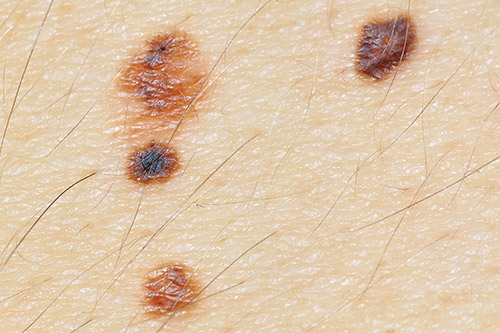
Precancerous Lesions
Precancerous lesions are typically spots on the skin that are abnormal in size, have irregular borders, are discolored, or grow in diameter. They can be raised, scaly, and itchy or bleed.
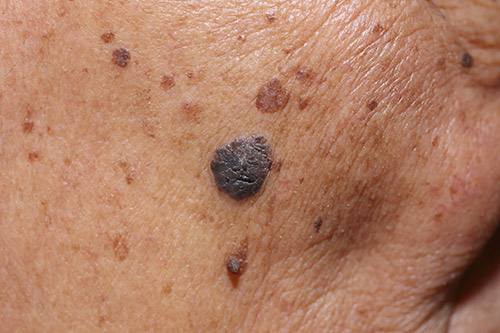
Moles
are raised discolored skin that can darken due to exposure to the sun. A noncancerous mole has smooth borders and doesn’t grow in size.
What Does Each Procedure Entail?
CRYOTHERAPY (FREEZING)
Liquid nitrogen is applied to the skin lesion for a few seconds. The exact length of time will depend on the size of the lesion. The intercellular fluid freezes, causing the cells that make up the lesion to die. Once dead, the lesion falls off of the skin.
Benefits of Cryotherapy
- Ideal treatment for precancerous lesions, moles, viral warts, and senile warts
- Treatments are quick, and the recovery period only lasts a few days
- Helps preserve the surrounding skin
- Can help minimize the development of scarring
ELECTRODESICCATION (BURNING)
While the patient is under local anesthesia, the top layer of the lesion is scraped away using a curette. An electrical current is then applied to locally burn away the remaining cells.
Benefits of Electrodesiccation
- Ideal for the treatment of precancerous lesions, cancerous lesions, moles, or facial redness
- No sutures are required to close the treatment site
- Results in minimal scarring or loss of pigment
EXCISION (CUTTING)
While the patient is under local anesthesia, a high frequency electrical cutting tool gently shaves away the growth. An antibiotic ointment is applied to facilitate the healing process.
Benefits of Excision
Ideal treatment for benign lesions, precancerous lesions, and moles
Treatment lasts between 20 and 45 minutes
Helps ensure that all affected cells are removed and do not spread to surrounding areas
Concerns
Recovery
For one to two days following your procedure, the treatment area(s) may appear red and swollen. A topical ointment will be used to alleviate any discomfort caused by your procedure. Most patients resume their daily routine within one to two days.
Pain
A local anesthetic is used to prevent any pain or discomfort during your procedure. You might experience mild discomfort following your procedure, which can be treated using a topical ointment.
Scarring
The goal of each procedure is to minimize any possible scarring. However, depending on the location of the lesion and the depth of removal, some slight scarring may develop. In some cases, hypo-pigmentation of the skin may occur. Both scars and hypo-pigmentation are likely to fade over time.
Cost
Removal techniques, especially excision, are relatively inexpensive procedures. However, the technique used, number of correction sites, and depth of removal can all affect the ultimate cost of your procedure. During your consultation, Dr. O’Neil will provide a more accurate estimate of the cost of your procedure.
Customizable, Natural-looking Results
- Non-surgical Gallery
- Facial Rejuvenation Gallery
- Natural Breast Augmentation Gallery
- Body Contouring Gallery
Frequently Asked Questions
Do I need to have precancerous lesions biopsied before removal?
During your consultation, your doctor will determine if a biopsy is necessary before moving forward.
What can I do to protect my skin from sun exposure after my treatment?
Avoiding direct sunlight is an important part of the recovery process. Once your bandages have been removed, you can apply a high SPF sunscreen to the entire surface of your skin, concentrating on treatment areas. If possible, protect treatment areas using clothing and hats.
If my lesion isn’t precancerous, do I still need to get it removed?
Removing regular skin lesions is done primarily to correct the appearance of the skin. However, some skin lesions should be removed to prevent them from mutating into precancerous or cancerous lesions.
What is hypopigmentation of the skin?
Hypopigmentation is the lightening of skin compared to the surrounding “normal” skin. It commonly occurs after removal procedures. Hypopigmentation can be more pronounced in people with darker skin tones.

Temecula Office
40971 Winchester Rd.
Temecula, CA 92591
(951) 296-1690
Get Directions

Aliso Viejo Office
24541 Pacific Park Dr. Suite #103
Aliso Viejo, CA 92656
(949) 234-7692
Get Directions
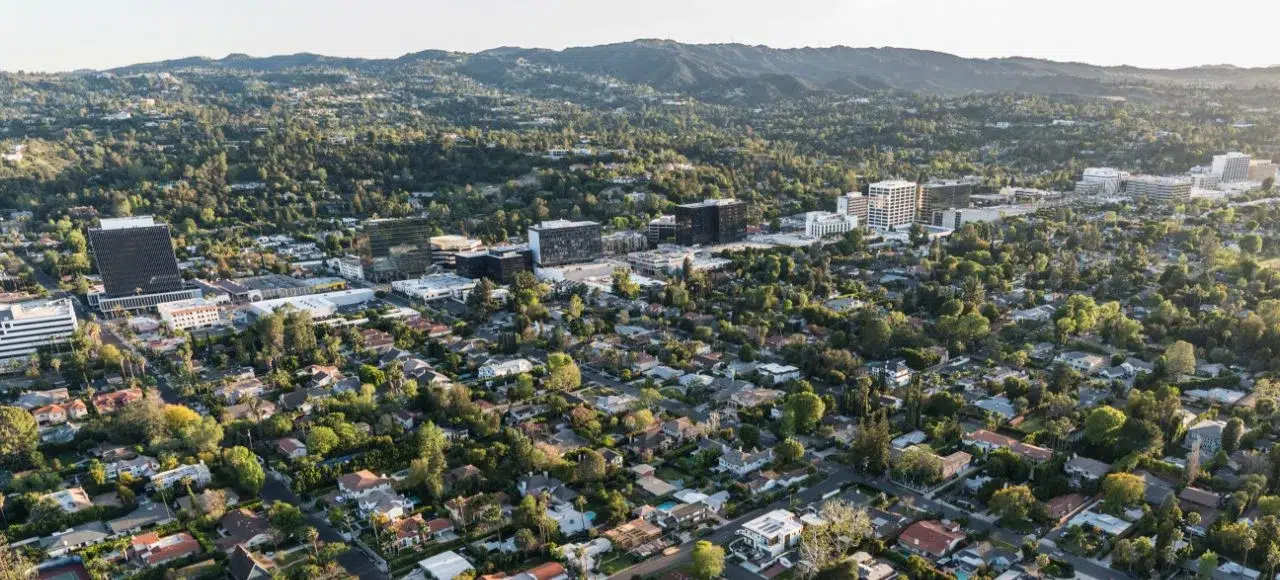
Sherman Oaks Office
4836 Van Nuys Blvd.
Sherman Oaks, CA 91403
(818) 457-1902
Get Directions
